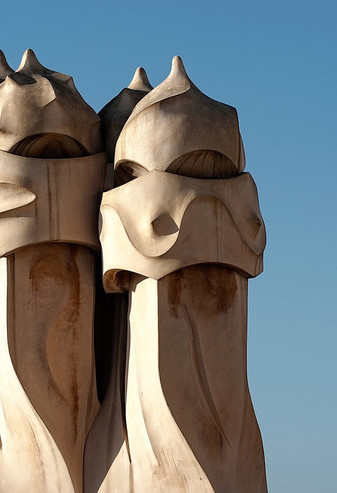
When I was a young student, I remember being enamored by the work of architect Antoni Gaudi. The buildings he designed were so expressive and different from any other buildings I had seen. His work seemed so innovative and, dare I suggest, revolutionary. I wondered what kind of mind could conceive of such structures? I also secretly hoped I could develop such imaginative, unique structures. My final two semesters of my undergraduate education I spent studying in Copenhagen, Denmark. I was fortunate during this year to be able to travel extensively throughout Europe and made it a point to travel to Spain and visit several of Gaudi’s buildings. I loved Spain: the people, the pace of life, the way the streets were filled with families late into the evening and the way people of all generations would dance in the plazas. I enjoyed learning about each region and their distinctive culture. I enjoyed the food and wine. After spending an entire month in Spain, I didn’t want to leave.
Of course, I had to visit Gaudi’s unfinished masterpiece — Sagrada Familia — and it did not disappoint. This was before the internet, cell phones and UBER, so tracking down Gaudi’s lesser-known buildings required some work and persistence. I remember walking through neighborhoods and down back roads searching for various buildings. Curiously, during these meandering excursions I began to see several buildings, built around the same time that had similar characteristics. It made sense that the same craftspeople doing work for Gaudi were doing work for lesser-known designers. A lot of this work was quite good. It was then that I realized Gaudi’s work needed to be seen as an extension of the time, culture and community in which he practiced. He relied on the skills, materials and technology that were within reach. I would never want to take away from Gaudi’s genius and accomplishments, but after my travels his work seemed less revolutionary and much more a product of evolution.
